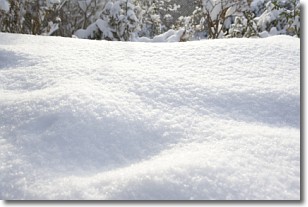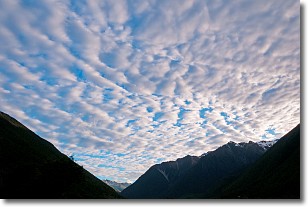Weather Alert in Illinois
Air Quality Alert issued July 3 at 11:10AM CDT by NWS Chicago IL
AREAS AFFECTED: McHenry; Lake; Kane; DuPage; Kendall; Grundy; Northern Cook; Central Cook; Southern Cook; Northern Will; Southern Will; Eastern Will
DESCRIPTION: The Illinois Environmental Protection Agency has determined that an Air Pollution Action Day will be declared for the greater Chicago Metropolitan Area and is IN EFFECT THROUGH FRIDAY NIGHT. An Air Pollution Action Day is declared when weather conditions are such that widespread ozone and or particulate levels are expected to be at or above the Unhealthy for Sensitive Groups category of the Air Quality Index for multiple days. Ozone is expected to be the primary pollutant of concern, but fireworks emissions may also contribute to higher AQI readings for both PM2.5 and Ozone at times. Active children and adults, especially people with pulmonary or respiratory disease such as asthma, should limit prolonged outdoor activity. Area residents are urged to reduce pollution levels. Air quality forecasts, current air quality, and tips on how you can reduce your emissions can be found at www.airnow.gov. Media contact...Illinois EPA.
INSTRUCTION: N/A
Want more detail? Get the Complete 7 Day and Night Detailed Forecast!
Current U.S. National Radar--Current
The Current National Weather Radar is shown below with a UTC Time (subtract 5 hours from UTC to get Eastern Time).

National Weather Forecast--Current
The Current National Weather Forecast and National Weather Map are shown below.

National Weather Forecast for Tomorrow
Tomorrow National Weather Forecast and Tomorrow National Weather Map are show below.

North America Water Vapor (Moisture)
This map shows recent moisture content over North America. Bright and colored areas show high moisture (ie, clouds); brown indicates very little moisture present; black indicates no moisture.

Weather Topic: What is Snow?
Home - Education - Precipitation - Snow
 Next Topic: Stratocumulus Clouds
Next Topic: Stratocumulus Clouds
Snow is precipitation taking the form of ice crystals. Each ice crystal, or snowflake,
has unique characteristics, but all of them grow in a hexagonal structure.
Snowfall can last for sustained periods of time and result in significant buildup
of snow on the ground.
On the earth's surface, snow starts out light and powdery, but as it begins to melt
it tends to become more granular, producing small bits of ice which have the consistency of
sand. After several cycles of melting and freezing, snow can become very dense
and ice-like, commonly known as snow pack.
Next Topic: Stratocumulus Clouds
Weather Topic: What are Stratus Clouds?
Home - Education - Cloud Types - Stratus Clouds
 Next Topic: Wall Clouds
Next Topic: Wall Clouds
Stratus clouds are similar to altostratus clouds, but form at a
lower altitude and are identified by their fog-like appearance, lacking the
distinguishing features of most clouds.
Stratus clouds are wider than most clouds, and their base has a smooth, uniform
look which is lighter in color than a nimbostratus cloud.
The presence of a stratus cloud indicates the possibility of minor precipitation,
such as drizzle, but heavier precipitation does not typically arrive in the form
of a stratus cloud.
Next Topic: Wall Clouds
Current conditions powered by WeatherAPI.com




